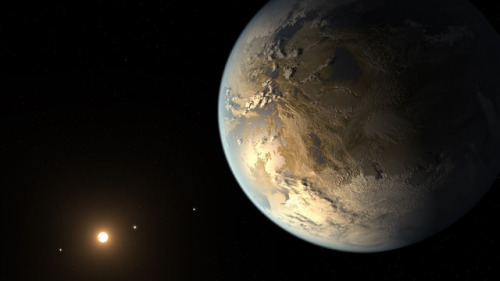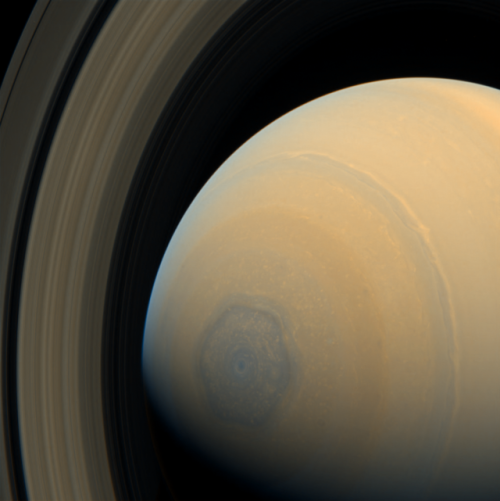Bioluminescent Plankton




Bioluminescent Plankton
Scientists have only recently discovered that this type of plankton glows when they are moved because of stress - ironic when you consider how relaxing the sight of the shimmering waves are in the dark night. Bioluminescence is used as a defence mechanism to draw predators towards the creature trying to eat the plankton. The tiny flashes of light also disorientate and surprise the predator.
These tiny organisms produce light using a chemical called luciferin. The process of creating a bioluminescent light, which is simply light produced within a living creature, differs between organisms. Some need a particular food or another creature for the effect to happen. But this type of plankton, called dinoflagellates, produce luciferin on their own. The light the tiny plankton emit is called ‘cold light’, meaning less than 20% of the light generates heat.
Huge areas of the ocean can become populated by glowing plankton but the effect is especially common in warm-water lagoons that have narrow openings to the sea. This causes the plankton to gather and become trapped, causing the water to turn orange.
Image credit: Will Ho, Kin Cheung, Landscapes Maldives & eyegami
Source: Kuoni
More Posts from Decimatethestars-blog and Others
What's Up - December 2017
What’s Up For December? Geminid and Ursid meteor showers & winter constellations!

This month hosts the best meteor shower of the year and the brightest stars in familiar constellations.

The Geminds peak on the morning of the 14th, and are active from December 4th through the 17th. The peak lasts for a full 24 hours, meaning more worldwide meteor watchers will get to see this spectacle.

Expect to see up to 120 meteors per hour between midnight and 4 a.m. but only from a dark sky. You’ll see fewer after moonrise at 3:30 a.m. local time.

In the southern hemisphere, you won’t see as many, perhaps 10-20 per hour, because the radiant never rises above the horizon.

Take a moment to enjoy the circle of constellations and their brightest stars around Gemini this month.

Find yellow Capella in the constellation Auriga.

Next-going clockwise–at 1 o'clock find Taurus and bright reddish Aldebaran, plus the Pleiades.

At two, familiar Orion, with red Betelguese, blue-white Rigel, and the three famous belt stars in-between the two.

Next comes Leo, and its white lionhearted star, Regulus at 7 o'clock.

Another familiar constellation Ursa Major completes the view at 9 o'clock.

There’s a second meteor shower in December, the Ursids, radiating from Ursa Minor, the Little Dipper. If December 22nd and the morning of December 23rd are clear where you are, have a look at the Little Dipper’s bowl, and you might see about ten meteors per hour. Watch the full What’s Up for December Video:
There are so many sights to see in the sky. To stay informed, subscribe to our What’s Up video series on Facebook. Make sure to follow us on Tumblr for your regular dose of space: http://nasa.tumblr.com.

British astronaut Tim Peake taking a selfie. That Union Flag is the first of its kind to have ever experienced the vacuum of space.

Kepler-186f, the first Earth-size Planet in the Habitable Zone
js
Each year we hold a Day of Remembrance. Today, Jan. 25, we pay will tribute to the crews of Apollo 1 and space shuttles Challenger and Columbia, as well as other NASA colleagues who lost their lives while furthering the cause of exploration and discovery.
#NASARemembers
Learn more about the Day of Remembrance HERE.
Make sure to follow us on Tumblr for your regular dose of space: http://nasa.tumblr.com.

The faint rings of Uranus, shot in 1986, are made of countless fragments of water ice containing radiation-altered organic material.
Credit: NASA/JPL/Michael Benson, Kinetikon Pictures










Dazzling Photos Let You Orbit the Earth with Astronaut Tim Peake
Boston Dynamics has shown off its new version of SpotMini, but now it’s also catching us up with its bipedal Atlas bot, the most humanoid of its creations. Atlas can now jump from elevated block to elevated block, and do a complete about-face in the air. It can leap pretty high, and also do a backflip – and then celebrate its backflipping ability. –
-
 redlibra14-2 liked this · 6 months ago
redlibra14-2 liked this · 6 months ago -
 aphelion-cellstorm reblogged this · 1 year ago
aphelion-cellstorm reblogged this · 1 year ago -
 potatosapien5 liked this · 2 years ago
potatosapien5 liked this · 2 years ago -
 anabdullah liked this · 2 years ago
anabdullah liked this · 2 years ago -
 jaejoongtic liked this · 2 years ago
jaejoongtic liked this · 2 years ago -
 sssccrr liked this · 2 years ago
sssccrr liked this · 2 years ago -
 waspygav liked this · 2 years ago
waspygav liked this · 2 years ago -
 adelantecorazon reblogged this · 2 years ago
adelantecorazon reblogged this · 2 years ago -
 adelantecorazon liked this · 2 years ago
adelantecorazon liked this · 2 years ago -
 c3nobit3s liked this · 2 years ago
c3nobit3s liked this · 2 years ago -
 silencedminstrel liked this · 2 years ago
silencedminstrel liked this · 2 years ago -
 803 reblogged this · 2 years ago
803 reblogged this · 2 years ago -
 indiexprss reblogged this · 3 years ago
indiexprss reblogged this · 3 years ago -
 exprssglow liked this · 3 years ago
exprssglow liked this · 3 years ago -
 rosebella2016 liked this · 3 years ago
rosebella2016 liked this · 3 years ago -
 sincurve liked this · 3 years ago
sincurve liked this · 3 years ago -
 pixi3dvs7 liked this · 3 years ago
pixi3dvs7 liked this · 3 years ago -
 mindmapping reblogged this · 3 years ago
mindmapping reblogged this · 3 years ago -
 guinnessandsexyaccents reblogged this · 3 years ago
guinnessandsexyaccents reblogged this · 3 years ago -
 spirisable liked this · 3 years ago
spirisable liked this · 3 years ago -
 zannatulferdous-sumithelostsoul liked this · 3 years ago
zannatulferdous-sumithelostsoul liked this · 3 years ago -
 justnobodyhb8 liked this · 3 years ago
justnobodyhb8 liked this · 3 years ago -
 razorwireanddragonsteeth liked this · 3 years ago
razorwireanddragonsteeth liked this · 3 years ago -
 crybaby-kittenquinn reblogged this · 3 years ago
crybaby-kittenquinn reblogged this · 3 years ago -
 poetically-in-love-1 reblogged this · 3 years ago
poetically-in-love-1 reblogged this · 3 years ago -
 dominanttomkatt reblogged this · 3 years ago
dominanttomkatt reblogged this · 3 years ago -
 dominanttomkatt liked this · 3 years ago
dominanttomkatt liked this · 3 years ago -
 srfii5e-blog liked this · 3 years ago
srfii5e-blog liked this · 3 years ago -
 1863-project liked this · 3 years ago
1863-project liked this · 3 years ago -
 azirtheshark reblogged this · 3 years ago
azirtheshark reblogged this · 3 years ago -
 guardianblaze reblogged this · 3 years ago
guardianblaze reblogged this · 3 years ago -
 ittibittium reblogged this · 3 years ago
ittibittium reblogged this · 3 years ago -
 howldive reblogged this · 3 years ago
howldive reblogged this · 3 years ago -
 weed-time-on reblogged this · 3 years ago
weed-time-on reblogged this · 3 years ago -
 weed-time-on liked this · 3 years ago
weed-time-on liked this · 3 years ago -
 quamatoc reblogged this · 3 years ago
quamatoc reblogged this · 3 years ago -
 dennecat reblogged this · 3 years ago
dennecat reblogged this · 3 years ago -
 unintended-sass reblogged this · 3 years ago
unintended-sass reblogged this · 3 years ago -
 unintended-sass liked this · 3 years ago
unintended-sass liked this · 3 years ago
eleon / 18 / they. aspiring astronaut. lover of biology and space.
25 posts


